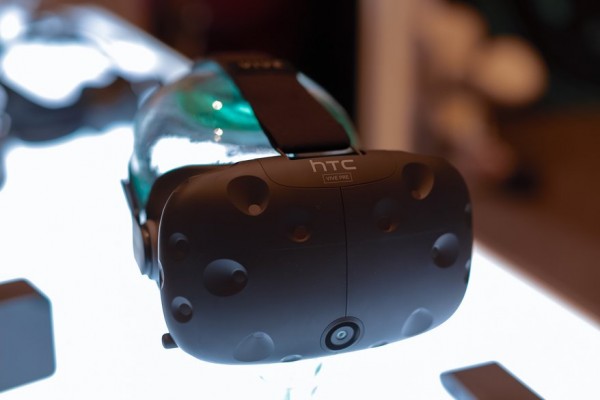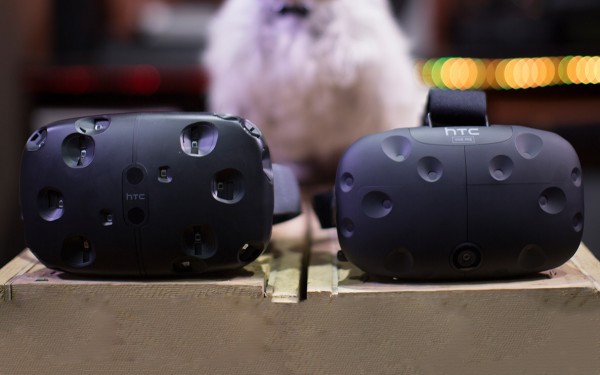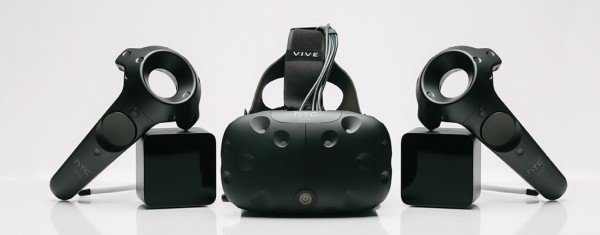While other companies are readying their final, consumer ready VR headsets, HTC and Valve seems to not mind taking more time in developing their take on the consumer VR market. At CES 2016, HTC announced the Vive Pre, which will be the final prototype version of the VR headset.
However, it seems odd of HTC and Valve to release their non consumer-ready VR headset when it was rumoured that the expected released date for the HTC Vive would be sometime in April 2016. With such a short time remaining, it’s entirely possible that the consumer-ready HTC Vive would have mostly identical specifications to the Vive Pre.

The Vive Pre brings with it a major addition that was not present on the first generation of the VR headset; a front-facing camera. This new addition answers the most fundamental issue that VR technology has: blending the real world with a virtual one. Basically, the front facing camera would keep you from smacking your expensive VR headset against the wall while walking around. Interestingly, even the final version of the Oculus Rift doesn’t include this technology.
According to sources, the image quality on the HTC Vive Pre along with its tracking capabilities are on par with other upcoming VR headsets. However, According to PC Gamer, while the HTC Vive Pre’s body have been redesigned to support long term usage, the VR headset still has some weight to it that may be an issue after long hours of usage.

It’s interesting to see how the final version of the HTC Vive will turn out and if it could outmatch the final consumer version Oculus Rift. Since the Vive Pre is not consumer-ready, the VR headset would only be availble to developers; 2016 seems to be the year where consumer VR technology is put to the test. Whether it will be a significant step forward in terms of gaming remains to be seen.

(Source: HTC Vive via The Verge , PC Gamer)
Follow us on Instagram, Facebook, Twitter or Telegram for more updates and breaking news.




